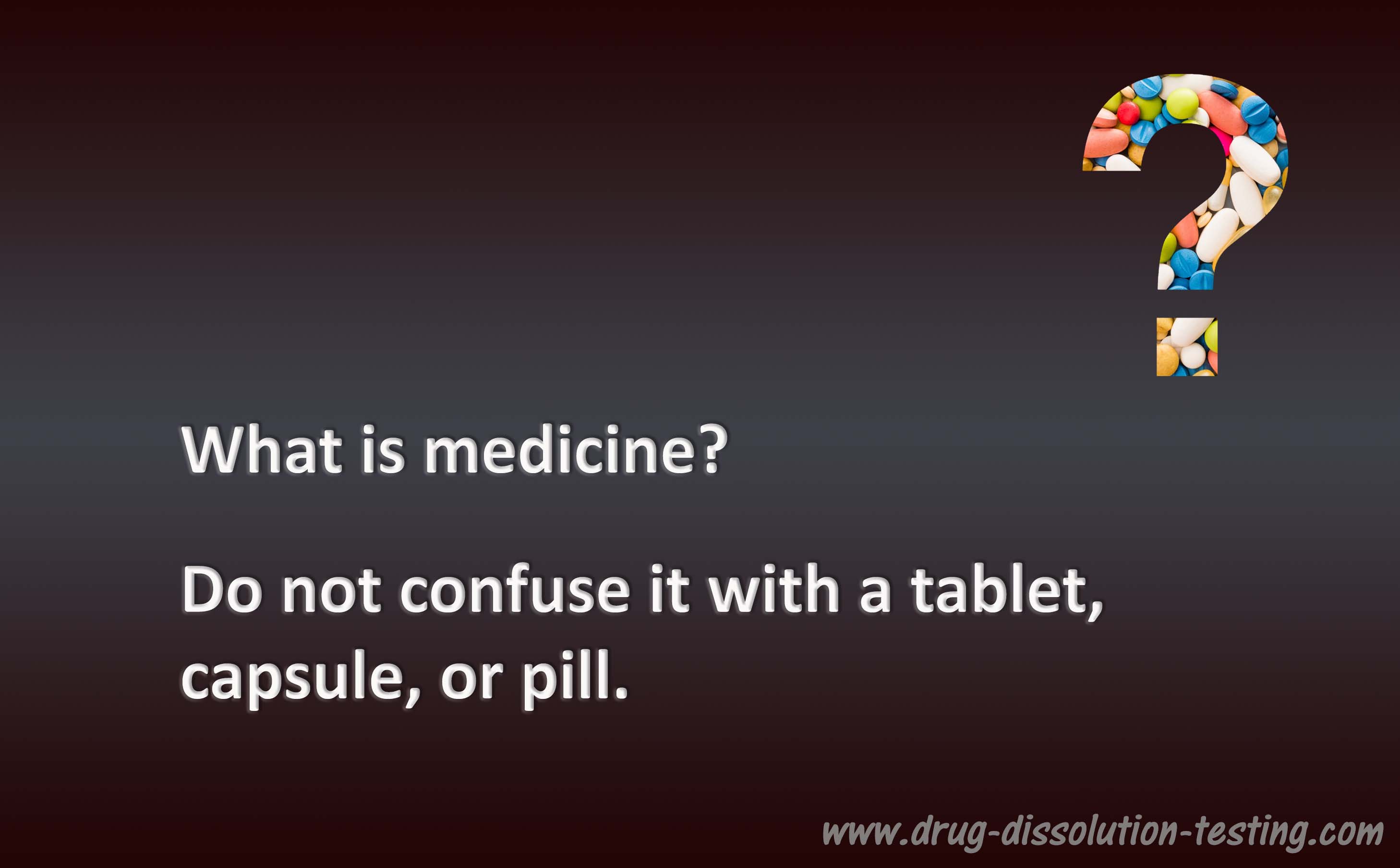
Someone, this morning, pass it along a question to me asking a response as to
“Why would vitamins need PEG in there?”
The inquirer refers to the ingredient (Polyethylene Glycol or PEG) on the vitamin bottle label. I provided the following response. I hope visitors to my website will benefit from my reply as well.
Medicine is an actual drug (also called an active ingredient) in a product. For example, Tylenol is not a drug or medicine (but a package containing the drug). In the case of Tylenol, the actual drug is a chemical compound called acetaminophen.
So, if one needs to take Tylenol, one can take acetaminophen powder in the tablet equivalent quantity, which will have the same therapeutic effect as the tablet. Chemical manufacturers and suppliers usually sell these powders of drugs, such as acetaminophen.
On the other hand, to make a tablet or other drug products (capsules, creams, suspensions, suppositories, etc.), one needs to add several ingredients (called inactive ingredients). This addition is done to make the product STABLE for use so that the user gets the exact amount of drug as intended.
So, one uses these ingredients to make products for the CONVENIENCE and accuracy of getting the drug from a tablet/capsule. It is not only the PEG. All others mentioned under the “other ingredients” category serve the same purpose (i.e., tablet/product manufacturing).
How toxic or safe to use are these inactive ingredients is a separate issue. Usually, such evaluations are done in animals (maybe humans, from historical data). In this regard, literature provides information about acceptable use and safe amounts for inactive ingredients. Hence they are considered safe to use.
However, on a personal note, one should undoubtedly watch their excessive use, just like excessive use of anything is not a healthy habit. The scientific studies, in this regard, are usually short-term and not thorough; hence always leave doubts about the safety claims.
